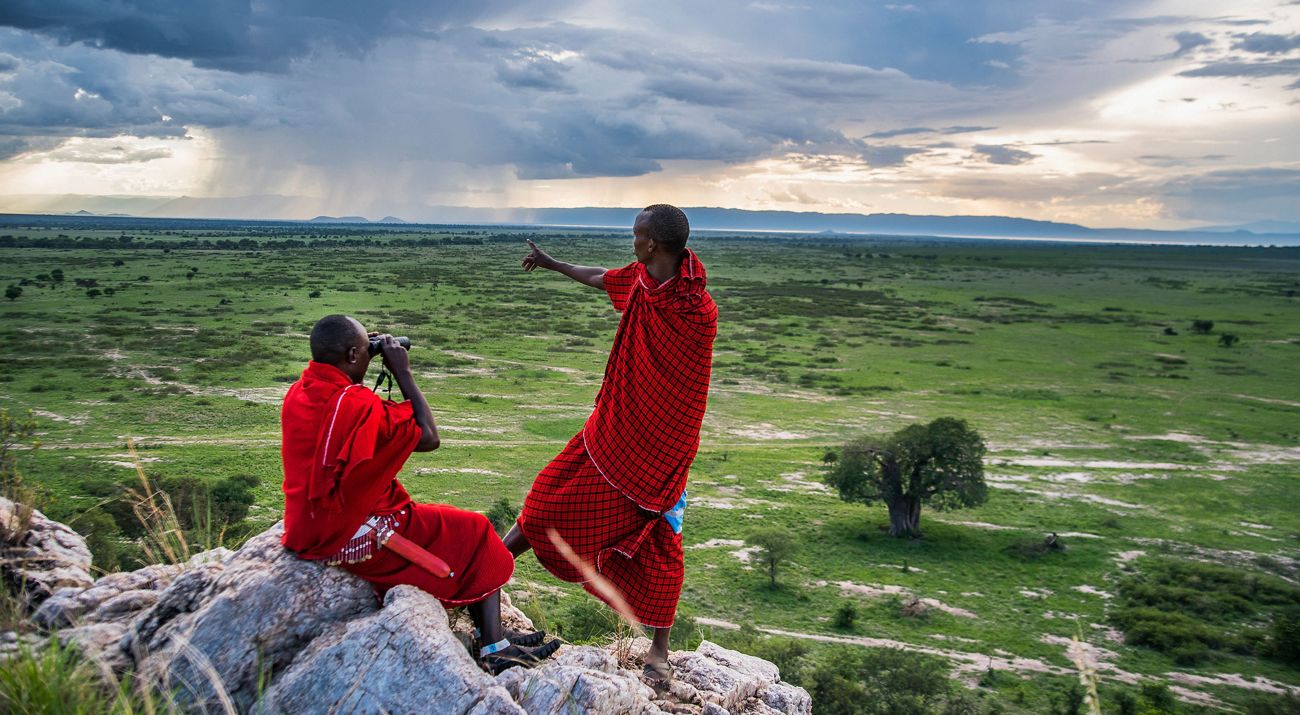Why Saving Grass Saves Lives
By Alphonce Mallya, Tanzania Conservation Coordinator | January 30, 2017
Today I drove into Randilen Community Wildlife Management Area (CWMA) here in northern Tanzania. A CWMA is a community-owned and managed conservation area where multiple villages set aside a portion of their land for join management. The CWMA has different zones so that the communities can conserve wildlife, sustainably manage their livestock, provide pasture for wildlife, and earn revenue from wildlife photographic tourism.
Most of Tanzania has been experiencing extreme dryness since May 2016 and a lot of livestock have been dying of starvation. On my drive to the CWMA, I saw many cattle carcasses near the side of the road. Other cows were still alive, but were struggling to even stand on their feet — apparently abandoned to die by their keepers in this land made barren by drought and overgrazing.
As I entered the CWMA, however, I started seeing clusters of big herds with hundreds of healthy cattle feeding in a large area of bright, verdant grass. This good grass had been preserved by the communities as a reserve to use in times of drought. Due to lack of water, communities brought in tractors with water tanks so that their livestock could drink.
I immediately begin to worry that all this available pasture would be quickly depleted by the massive influx of cattle and there would be nothing left for the wildlife that also needed it.
But when I shared these concerns with community village scouts, a team of local protectors for the community’s wildlife, they calmly replied: “We have plenty of grass that can rescue the cattle and still support wildlife. In fact, we are even hosting cattle from far away villages that are not part of our community.” They continued to tell me that these villagers were asking how they, too, could join a CWMA, as they were seeing the benefits for Randilen of agreeing to reserve pasture for both livestock and wildlife.
I ended my discussion with the scouts and continued the work that took me there — hosting a group of government leaders and community representatives who came to Randilen CWMA to learn about their approach and see if such a conservation modal could be applied back on their community lands.
The visitors were very excited about what they were learning, so the study tour stretched well into the evening. A quick downpour was a welcome relief from the afternoon heat, and immediately after the heavy rain subsided, I began my journey home. As I was leaving, I was shocked to see the big herd of livestock beginning their exit from the CWMA.
I was witnessing the CWMA at work: The rain signaled to the herders that there would now be pasture in other places. There was no need for them to stay in the CWMA where the pasture was designated only for extreme drought use.
I was so pleased to see that the CWMA bylaws were being respected, and that everyone was working to maintain the pasture as a last-resort refuge. As long periods of drought become more common, sustainable grazing plans like this will be life-saving for pastoralists, cattle, and wildlife.
If we can scale this behavior — if every community has a working “extreme drought” grazing area — then we will build resilient livestock and wildlife populations in northern Tanzania. I think that this is possible. And I am excited by this opportunity.
